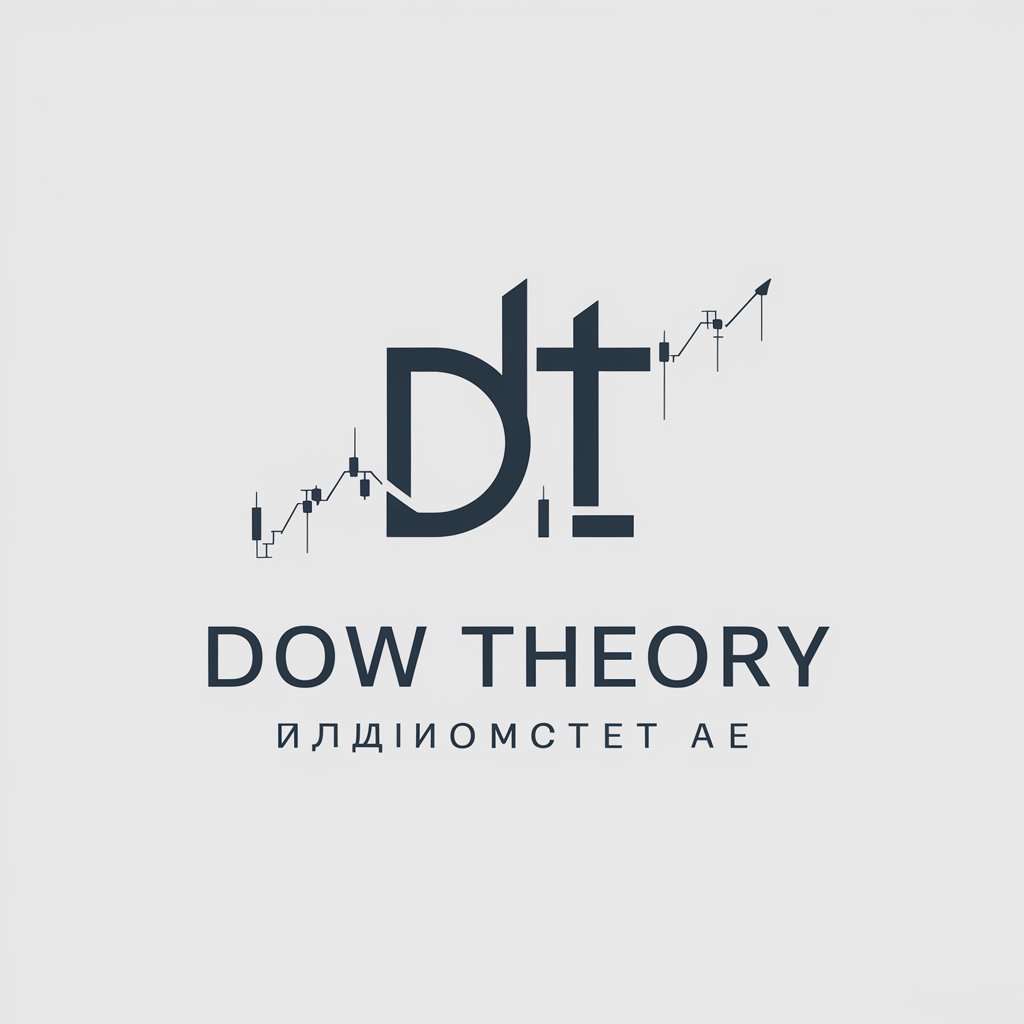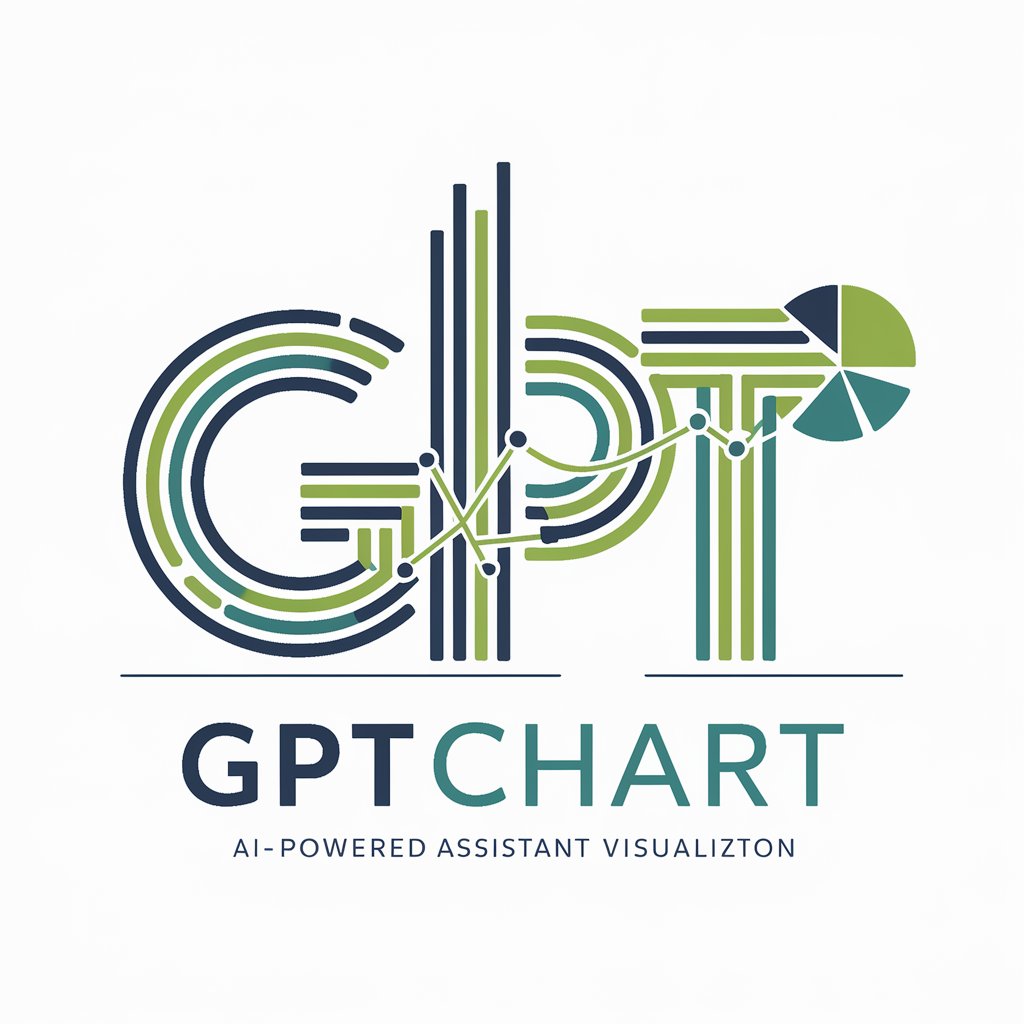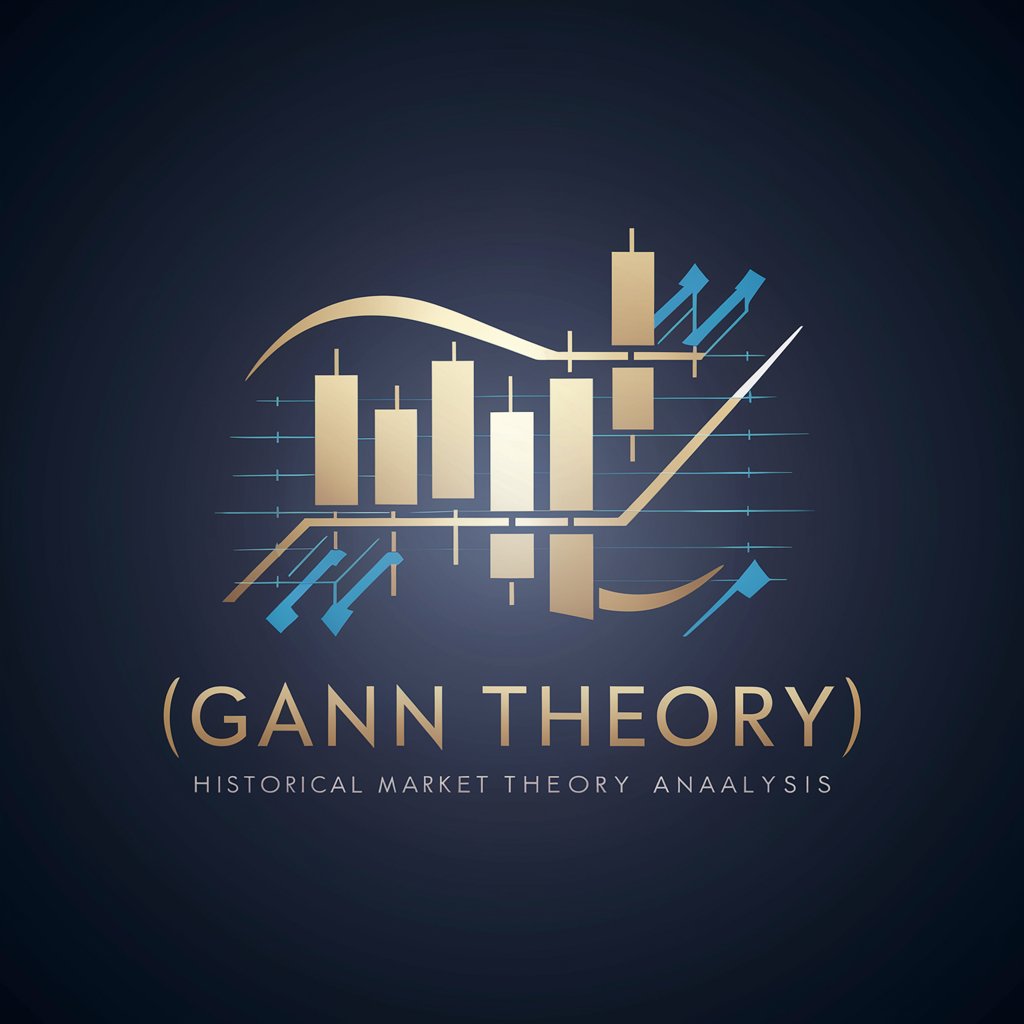
艾略特波浪理论(Elliott wave principle) - Elliott Wave Analysis

Welcome to Elliott Wave Analysis.
Decipher Market Trends with AI
Analyze the recent market trends using the Elliott Wave Principle.
Provide an Elliott Wave analysis for the current stock market.
Explain the significance of wave patterns in financial markets.
Predict the next market movement based on Elliott Wave Theory.
Get Embed Code
Elliott Wave Principle Overview
The Elliott Wave Principle is a form of technical analysis that finance traders use to analyze financial market cycles and forecast market trends by identifying extremes in investor psychology, highs and lows in prices, and other collective factors. It was developed by Ralph Nelson Elliott in the late 1930s, proposing that market prices unfold in specific patterns, which Elliott described as waves. According to the theory, markets move in repetitive cycles, which reflect the prevailing emotions of the investing public due to external influences or the predominant psychology of the masses at the time. Elliott discovered that these market cycles resulted in a fractal structure; that is, they could be broken down into much smaller yet similar patterns. An example of Elliott Wave application could be analyzing the stock market's price movements to identify potential turning points. For instance, a trader might use the principle to forecast the end of a bearish trend and the beginning of a bullish trend by identifying a five-wave advance followed by a three-wave decline. Powered by ChatGPT-4o。

Main Functions of the Elliott Wave Principle
Market Forecasting
Example
Predicting the start of a major rally in the stock market after identifying the completion of a corrective wave pattern.
Scenario
A financial analyst observes a corrective A-B-C wave pattern completion in the S&P 500 index chart. Using Elliott Wave Principle, they forecast a potential upward trend reversal, advising clients to consider bullish positions.
Risk Management
Example
Using wave patterns to set stop-loss orders strategically.
Scenario
A trader identifies an ongoing wave two correction in a bullish trend on a forex pair. Knowing that wave two shouldn't retrace more than 100% of wave one, they set a stop-loss just below the start of wave one to manage risk.
Investment Timing
Example
Determining the best entry and exit points for investments based on wave patterns.
Scenario
An investor analyzes a cryptocurrency chart and identifies the start of wave three, which is often the strongest and longest. They decide it's an opportune time to enter the market, expecting to ride the wave to its peak before it starts to correct in wave four.
Ideal Users of the Elliott Wave Principle
Financial Traders
Individuals or entities actively trading in the stock, forex, commodities, or cryptocurrency markets who benefit from predicting market trends and timing their trades. They use the Elliott Wave Principle to forecast market movements, manage risk, and optimize entry and exit points.
Financial Analysts and Investment Advisors
Professionals who provide investment recommendations or portfolio management services. They apply the Elliott Wave Principle to analyze market conditions, develop investment strategies, and advise clients on when to buy or sell assets.
Market Researchers
Individuals or organizations conducting market analysis for academic, commercial, or policy-making purposes. They use the Elliott Wave Principle to understand the underlying patterns and dynamics of market behavior, contributing to broader research on financial markets' cyclicality and investor psychology.

Guidelines for Using the Elliott Wave Principle
Start Your Journey
Begin by exploring Elliott Wave Principle at yeschat.ai for an introductory experience without the need for login or subscribing to ChatGPT Plus.
Understand the Basics
Familiarize yourself with the fundamental concepts of the Elliott Wave Principle, including its five-wave impulse sequence and three-wave corrective sequence.
Identify Wave Patterns
Apply the theory by identifying these wave patterns in historical price charts of financial markets, noting the fractal nature of market movements.
Practice and Apply
Practice identifying these patterns in real-time markets or through historical data analysis to hone your skills in predicting future market directions.
Continuous Learning
Engage with communities, forums, and educational resources to deepen your understanding and stay updated on new developments and applications of the Elliott Wave Principle.
Try other advanced and practical GPTs
Master Pixel Architect
Crafting Pixel-Perfect Buildings with AI

道氏理论 (Dow Theory)
Empowering Investments with AI & Dow Theory

Code Analyst
Decipher Code, Enhance Understanding with AI

Outfit Prompt
AI-Powered Personal Stylist at Your Fingertips

GPTChart
Visualizing Data with AI Precision

WarningGPT
Engaging safety awareness with a smile.

江恩理论 (Gann Theory)
Empowering market predictions with AI-driven Gann Theory

Universal Poetic Painter
Bringing Poetry to Life with AI-Powered Art

Universal Poetic Painter v2
Visualizing Poetry Across Languages with AI

Haiku Helper
Unlocking Haiku Beauty with AI

Tech Service Agreement Drafting Expert
Streamline Your Contract Creation with AI

Technical Service Agreement Review Expert
Simplify contract reviews with AI-powered analysis.

FAQs on Elliott Wave Principle
What is the Elliott Wave Principle?
The Elliott Wave Principle is a form of technical analysis that financial traders use to analyze financial market cycles and forecast market trends by identifying extremes in investor psychology, highs and lows in prices, and other collective factors.
How does the Elliott Wave Principle help in market prediction?
It helps by providing a framework for identifying the repetitive patterns in financial markets, known as 'waves,' which are driven by collective investor psychology. These patterns can indicate potential future market movements.
Can the Elliott Wave Principle be applied to all financial markets?
Yes, it can be applied across various financial markets including stocks, commodities, forex, and cryptocurrencies, as these markets exhibit the collective investor psychology that the principle relies on.
How accurate is the Elliott Wave Principle?
While it can provide valuable insights, its accuracy depends on the skill and experience of the analyst, the clarity of the wave patterns, and market conditions. It's often used in conjunction with other forms of analysis.
What are the common mistakes to avoid when using the Elliott Wave Principle?
Common mistakes include misidentifying wave patterns, ignoring larger trend contexts, and over-reliance without cross-verification with other analysis techniques. Continuous learning and practice are essential for improving accuracy.





